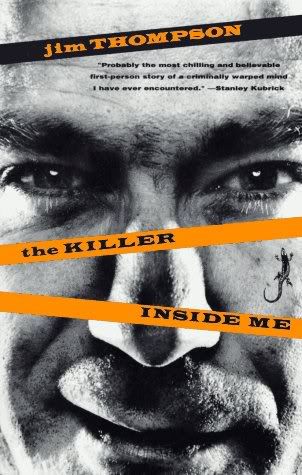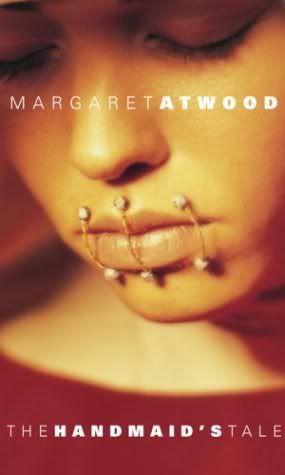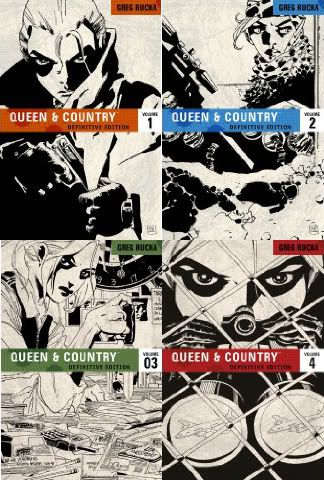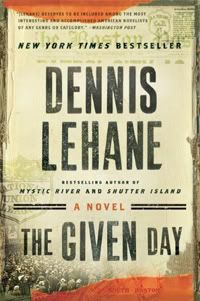
The Plot: The story is told through the eyes of its protagonist, Lou Ford, a 29-year-old deputy sheriff in a small Texas town. Ford seems to be a regular, small-town cop leading an unremarkable existence. Beneath this facade, however, he is a cunning, intelligent and depraved sociopath. (Stolen from Wikipedia)
The Review: Reading a book almost always involves tempering expectations towards what sort of book you’re reading, and while pleasant surprises occur, you’ll generally know what you’re getting into when you pick up a book. With that in mind, no one reads Jim Thompson books and expects anything more than punchy, pulpy stories featuring terrible human beings doing terrible things. Shakespeare, he ain’t, so it shouldn’t be a surprise when you get an enjoyable, but ultimately superficial book that borders on forgettable. While Thompson is renowned within the genre, the problem with his novels is best summarized by the AV Club in an article about gateways to crime fiction, when they wrote “...his novels also suffer from the alcohol-fueled velocity at which he wrote them, and generally fall apart toward the end.”
To his credit, Thompson is able to create a truly chilling character in Ford despite the slapdash method of writing, and reminds the reader that insanity isn’t a complete abandonment of reason or lucidity. When Ford kills women, his psychosis take center stage, but he’s fully cognizant of his actions and in full control of his faculties. The way Thompson was able to balance the insanity with the rational mind is what makes Ford scary and effective as a character. Added to this mix is the fact that Ford is much more passive when killing men, which gives the character his defining characteristic: his misogyny. The undercurrent of misogyny in the murders is particularly horrifying, especially considering I read this book right after reading Margaret Atwood’s very feminist The Handmaid’s Tale. The worldviews between the two authors could not seemingly be farther apart and it was interesting to read the two back to back, inadvertently creating a situation where I felt I was reading the flipsides of two very different coins.
According to the publisher’s website, Thompson wrote the book in four weeks, which ties into the problem the AV Club mentioned above. The book is briskly plotted and the characters well defined, but the book lacks a lot of depth and is hard to review because of it. When I finished The Handmaid’s Tale I was left with a lot of questions that weren’t easily answered. When I finished The Killer Inside Me I was only left with the satisfaction of finishing the book. It may not be fair to compare Thompson directly to Atwood, but hamburgers don’t taste as good if you had filet mignon the night before. If you had an afternoon to kill and wanted a tale of pulp depravity, you could do a lot worse than any of Thompson’s books, but you have to realize you won’t be left with a memorable experience.
Oddly enough, I get the feeling from the book that it would work far better as a movie, where a director with a strong vision would be able to take the pieces of narrative and create a more atmospheric experience for the audience. The news that Casey Affleck is going to star in such a movie as Lou Ford gives me hope for a good movie, but we’ll have to see if those hopes will be validated.
The Package: I’m not overly fussy on the cover, but it’s not terribly offensive either. The placement of the publisher’s logo is questionable and obtrusive though, since it makes it look like Lou Ford has a lizard shaped mole on his face.
If You Liked This: Savage Season by Joe R. Lansdale, the first book to feature his characters Hap and Leonard, who also hail from Texas.
The Rating: Two Casey Afflecks with a terrible mustache out of Five.







